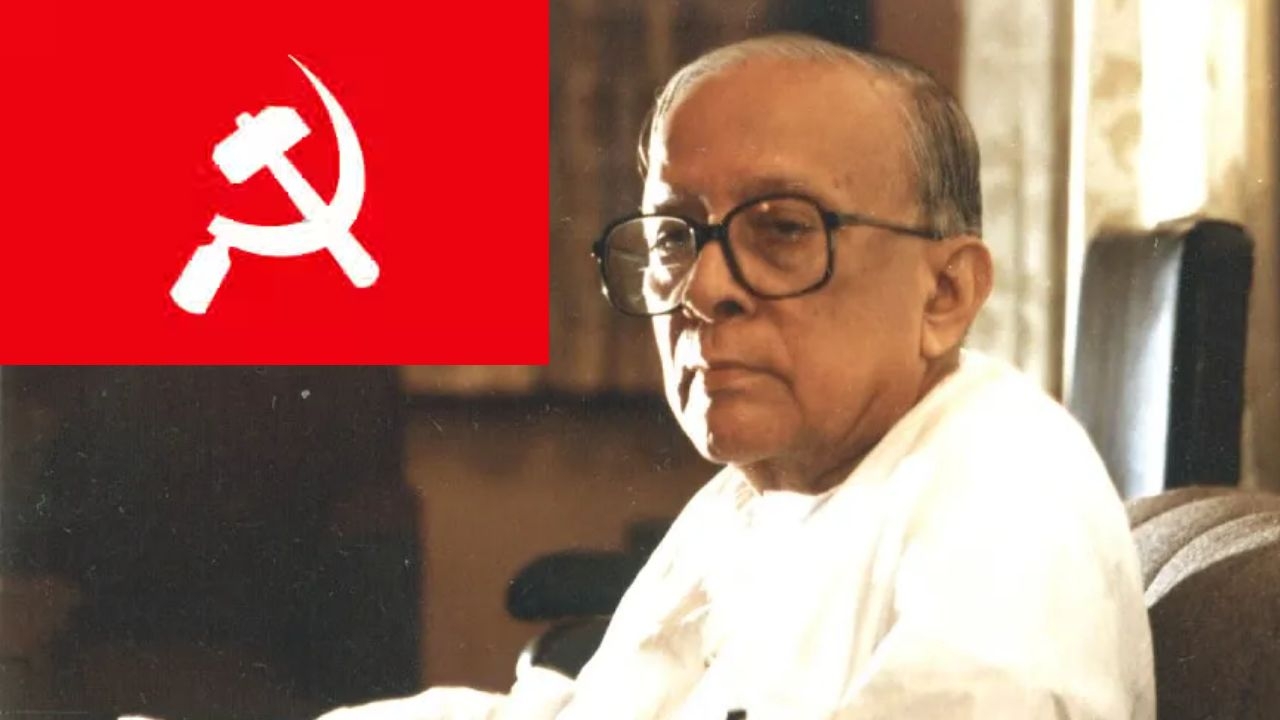Another Bloody Chapter in West Bengal Political History: The Nanoor Massacre
Jyoti Basu, who served as the Chief Minister of West Bengal from 1977 to 2000, was a towering figure in Indian politics. Unfortunately, the Nanoor Massacre is just one of many atrocities by his name.
Total Views |

The Nanoor Massacre occurred on July 27, 2000, at Suchpur (a village in the block of Nanoor) situated under the Nanoor police station in Birbhum District, West Bengal. The ghastly incident of the killing involved murder by Communist Party of India (Marxist) [CPI(M)] cadres when eleven innocent landless Muslim labourers were slaughtered in broad daylight, and it was one stark manifestation among numerous instances of political violence that had gripped then West Bengal state.
Nanoor, a village in the south-eastern corner of Birbhum district, had always had its own share of political turmoil. The Left Front government led by Chief Minister Jyoti Basu had ruled West Bengal for more than two decades since the late 1990s.
The CPI(M) that was ruling the state with an iron fist for over three decades began to meet its Waterloo against the rising opposition of the newly emerging Trinamool Congress (TMC). It was a result of this competing political rivalry that led to the massacre.
The victims of the massacre were TMC supporters pronounced dead of injuries received when they resisted land grabbing and entry allegedly being carried out by CPI (M) cadres. These landless labourers, who were a direct challenge to the political hegemony of the CPI(M) cadres, known for employing violent ways and means to suppress any dissenting voices, faced lethal retaliation from them.
That day, 11 labourers had assembled in Suchpur to plan how they would resist the CPI-M's land grab. All of a sudden, CPI-M cadres who were armed to the teeth attacked them. The attackers hacked the labourers to death with sharp weapons in a grisly show of violence. The mass murder was as brutal an act of violence that ever occurred, and it reverberated throughout the state, even further.
Chaos and fear followed in the immediate aftermath of the massacre. Violence in some areas was so extreme that the term "Harmad Bahini"—meaning armed cadre controlled by CPI(M)—became part of parlance. This pattern of violence was not restricted to Nanoor, but that this kind of coercion and silencing through force was a norm for the CPI(M) throughout West Bengal.
The massacre was attributed to the state government of Chief Minister Jyoti Basu, who during his 23-year stint in power faced a lot of flak for killing civilians. The state's response was largely seen as insufficient, with allegations of complicity and cover-ups emerging. Although the involvement of CPI(M) leaders was evident, the judicial process was painfully slow, and justice seemed elusive.
Major progress in the court took over ten years. In 2010, a Suri court finally convicted and sentenced to life imprisonment 44 CPI(M) members and supporters who were involved in the Nanoor Massacre.
This included four senior members of the CPI (M) and showed how deep this went inside that party. At first, the conviction was significant for its landmark nature—a rare instance of justice eventually being delivered to many abusive perpetrators who had gone unpunished over decades.
The Nanoor Massacre was grotesque not merely as an act of political violence but also on account of its implications for the politics in West Bengal. The massacre brought into focus both the use of violence by the CPI(M) in enforcing political dominance and general systemic failures with the governance in West Bengal that allowed such excesses to take place.
The massacre also served to highlight the sufferings of Muslims in West Bengal, who were a convenient target for shooting by both CPI-M goons during elections. Many of those that were murdered were mostly poor Muslim labourers, who are one of the lowest rungs in society and so very vulnerable to exploitation and violence on multiple fronts. The event brought home the nexus between political and communal tensions in the state.
“Jyoti Basu, who served as the Chief Minister of West Bengal from 1977 to 2000, was a towering figure in Indian politics. Unfortunately, the Nanoor Massacre is just one of many atrocities by his name. Critics claim that it was throughout his tenure that CPI (M) turned extra authoritarian and used oppressive strategies on politically incorrect doers, which led to varied human rights abuses.”
The Nanoor Massacre reflects the dark side of his regime when political violence turned into an instrument to perpetuate power. This has been a major area of criticism in judging his legacy, as he is unable or unwilling to explain away the serial violence unleashed by cadre members of his own party.
Most importantly, the Nanoor Massacre stands as testimony to one of the most enduring dangers for political violence and authoritarianism. It demonstrates the need for demanding accountability of political leaders and parties, and ensuring justice is delivered expeditiously. The incident also serves as a call to address the systemic issues that allow such atrocities to occur, including political corruption, inadequate law enforcement.
Article by
Shomen Chandra
Sub Editor, The Narrative


